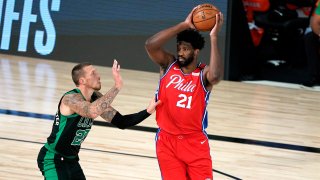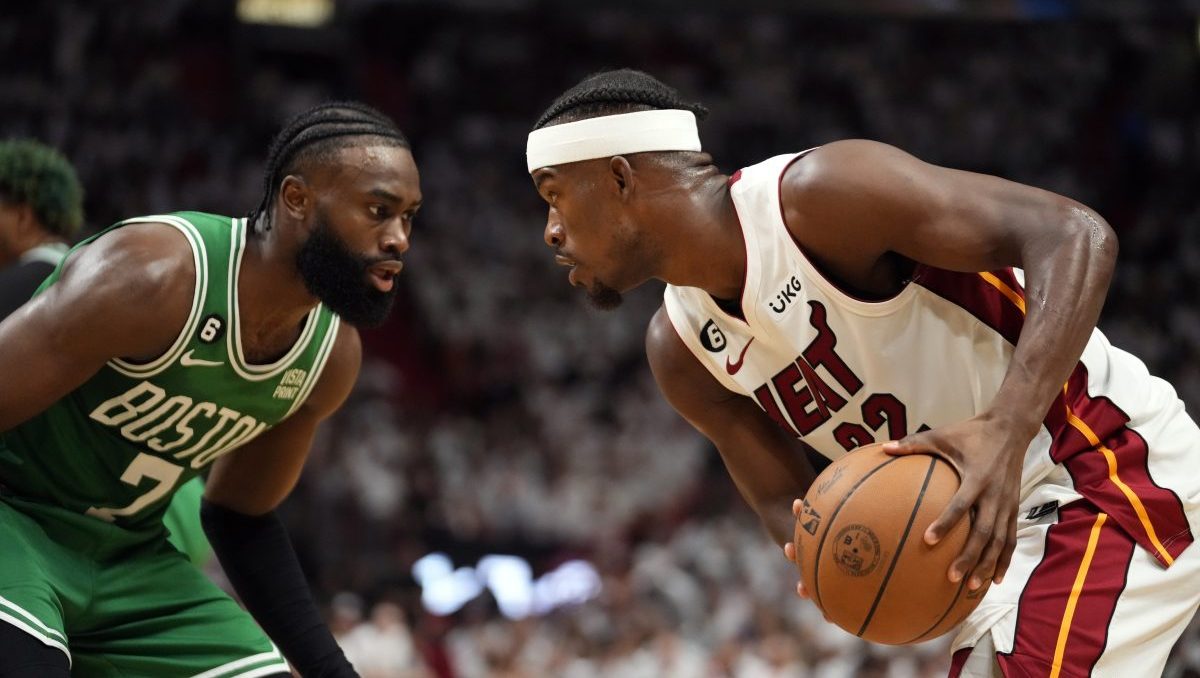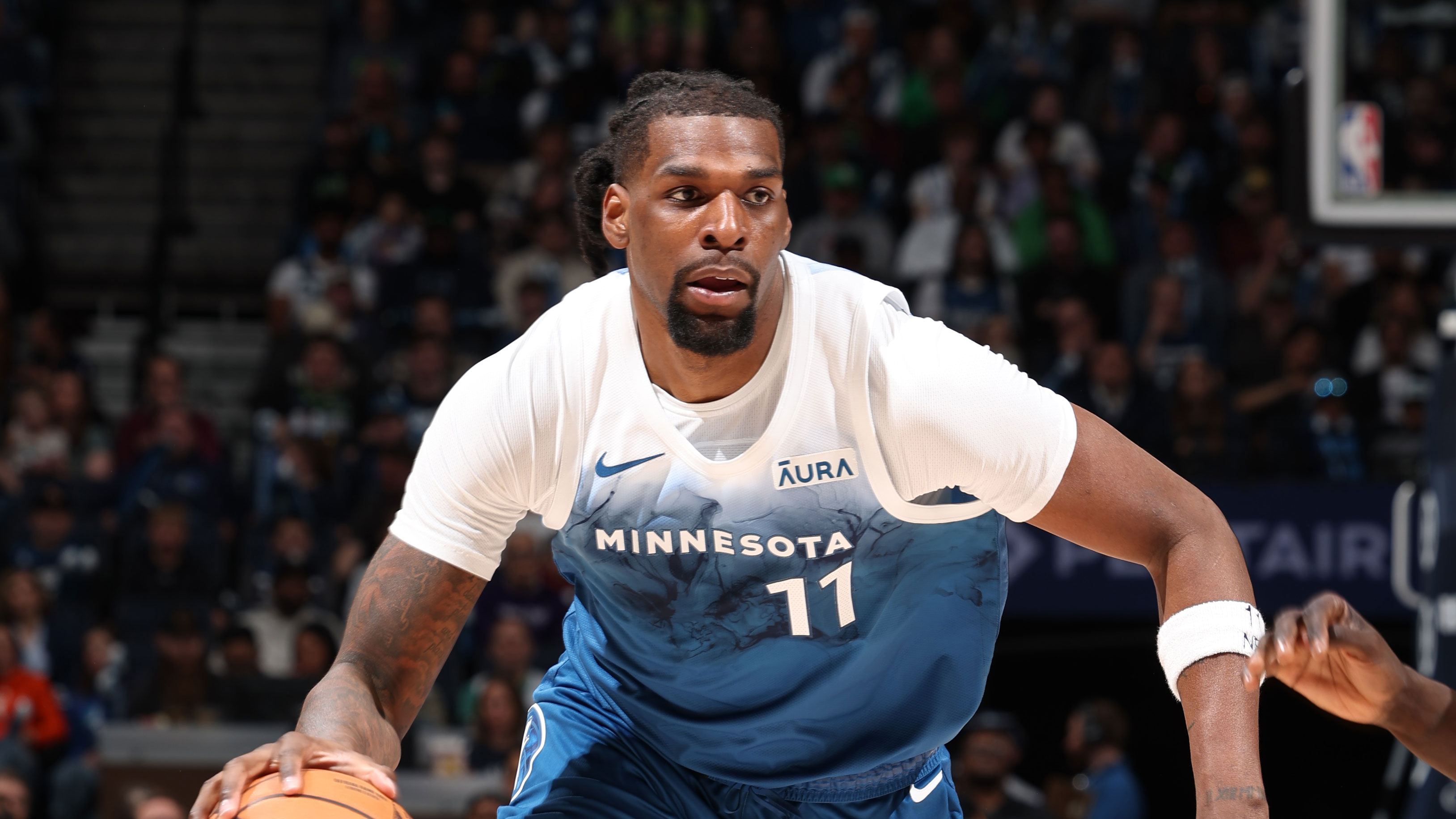
For the first time in Brett Brown’s seven years as head coach, it appeared the Sixers were over this particular recurring problem.
They ranked either 29th or 30th in the NBA in turnovers from the 2013-14 through 2017-18 seasons. Last year, they inched up to 25th. And, after a troubling start that led an impassioned Brown to speak of “fool’s gold” and "a house built on sand,” the Sixers finished this regular season 10th in the league, averaging 14.2 turnovers per game.
In their 109-101 Game 1 loss Monday night to the Celtics (see observations), the Sixers had 13 turnovers in the first half, 18 in the game. The team has experienced many worse turnover nights in somewhat recent memory, and yet these were mistakes they couldn’t tolerate. Unlike in 2018, when the Sixers beat the Heat in Game 4 of their first-round series despite 26 turnovers, the Sixers had minimal margin for error. With Ben Simmons out indefinitely after having surgery on his left knee, the forced passes, careless errors and moments of excessive ambition were costly.
Stay in the game with the latest updates on your beloved Philadelphia sports teams! Sign up here for our All Access Daily newsletter.
“I think that’s an easy problem to fix,” Josh Richardson said, “because I think a lot of our turnovers weren’t forced. We were just loose with the ball, throwing it everywhere. That’s an easy fix.”
More specifically, Brown attributed many of the early turnovers to issues feeding Joel Embiid down low. Embiid finished with 26 points and 16 rebounds, excellent numbers on the surface but far below what he seemed on pace for after sinking his first five shots.
“I think that part of our turnovers came from getting stood up and trying to post,” Brown said. “And part of our turnovers came when we did post, we weren’t crisp passing out of the post. This is the double-edged sword where you have to figure out what line do you want to walk. … I think that this volume of smash mouth, bully ball — to do it all the time comes with some level of punishment if you’re not careful.
“And so I look forward to going back and seeing our post passing, delivering the ball to the post. And I think that we can improve a lot in that area.”
NBA
Indeed, it’s not an easy task to produce good offense when the defense knows what’s coming, or at least knows precisely who the primary threat is. Consider that Embiid’s rate of 1.10 points per possession on regular-season post-ups was the best in the NBA, and that his 9.1 post-up points per game put him over three points above the next player. Because very few players can post up well enough to justify it being a staple of a team’s offense, Embiid is an anomaly.
Brown’s time as an assistant coach under Gregg Popovich with the Spurs influences how he structures the post offense around Embiid.
“A little bit more static (than with Simmons), a little bit more set the table, where Joel can be comfortable with his outlets,” Brown told NBC Sports Philadelphia last March. “I’ve just pretty much replicated what we did with (Tim) Duncan for 12 years in San Antonio. We go to floor spots and use that as starting points, and then other things happen from those starting points.”
Three of those “starting points” are usually behind the three-point line, and there’s one man in the weakside “dunker spot” — essentially the short corner/low block region.
Below is a play from last season that illustrates the idea, with Simmons in the dunker spot.
A reporter questioned whether it would be better to instead have all four players besides Embiid behind the arc.
“... I’m very privileged to have experienced the world of the post player,” Brown said, “as it relates to spacing and schemes. … One thing that resonates the most is four on the perimeter is the easiest environment for defenses to double team a post player and have the ability to put out fires as a result. It’s too crowded. And so to occupy a low zone and space the court out more interests me the most.”
Brown went on to cite the chance to form a “big-big relationship” and greater opportunities for offensive rebounds as reasons why he plans to retain a man in the dunker spot. After the Sixers shot 9 for 27 from three-point range on Monday, one expects the Celtics still won’t be hesitant about double teaming Embiid aggressively, regardless of the spacing around him.
Embiid was, in fact, efficient offensively in Game 1, converting 8 of 15 field goals and 9 of 12 free throws. He just didn’t dominate quite as much as he thought he should.
“I’ve gotta do more,” he said. “Whatever the stats are, I’ve gotta do more. I’ve got one job to do — it’s to carry us. I’m going to need my teammates to help me, but I’ve gotta do more. I’ve gotta take more shots, I’ve gotta be more aggressive. Defensively, I’ve gotta help my teammates. We’ve all gotta play hard, take care of the ball and do our job and follow the game plan.”
Was he disappointed not to have more post-up opportunities after his stellar start?
“I’m not sure,” he said. “Like I said, I’ve gotta be more aggressive. Maybe we need to call some more plays. I don’t know. That’s another thing we’ve gotta fix going into Game 2. I’ve just gotta be aggressive and let the game come to me.”


